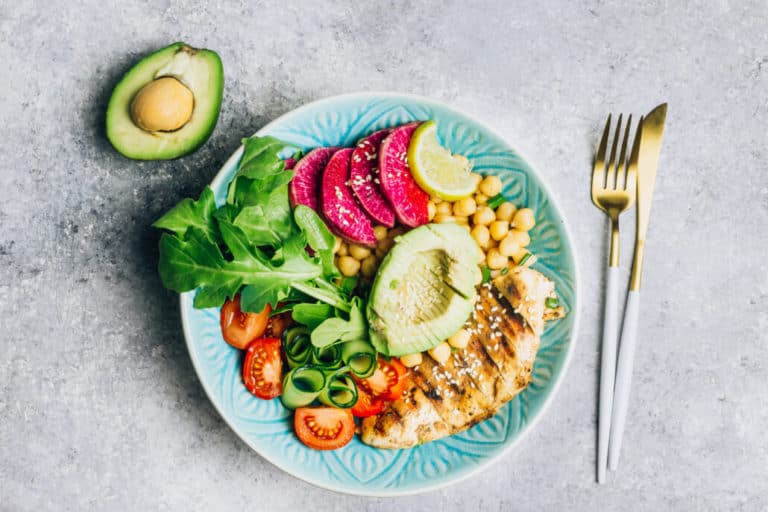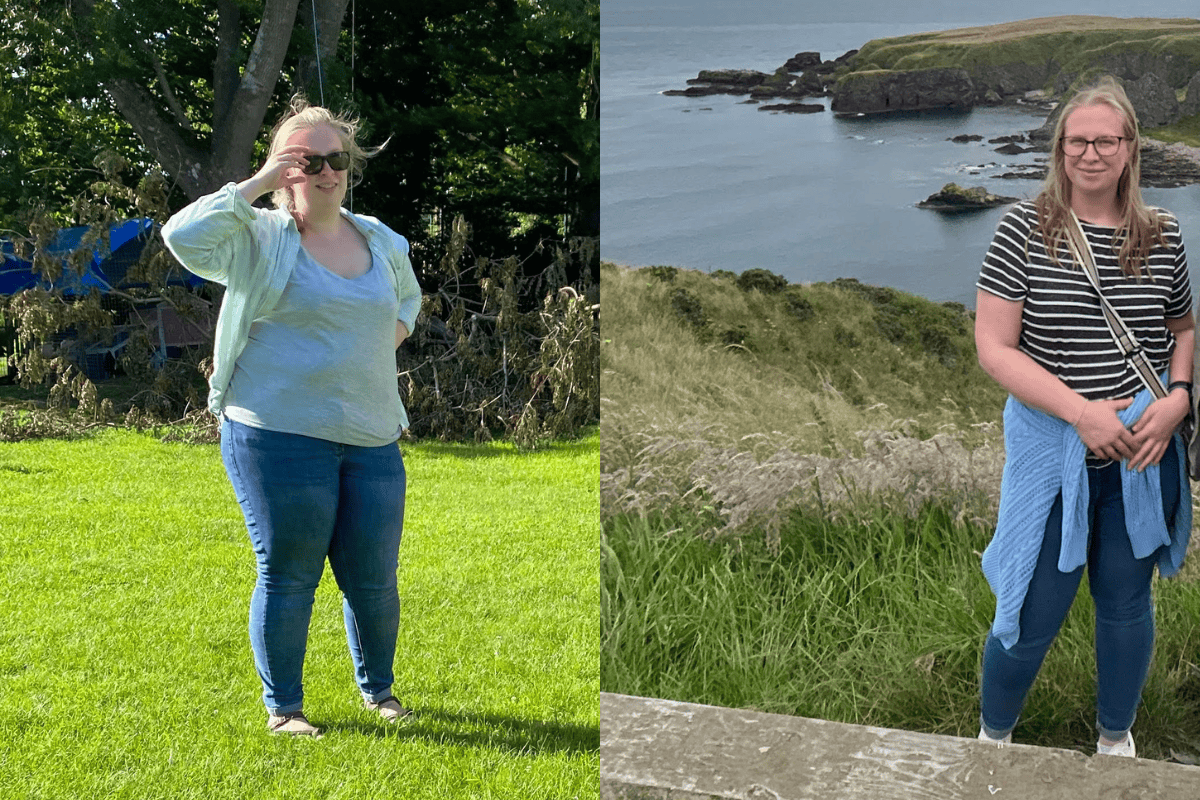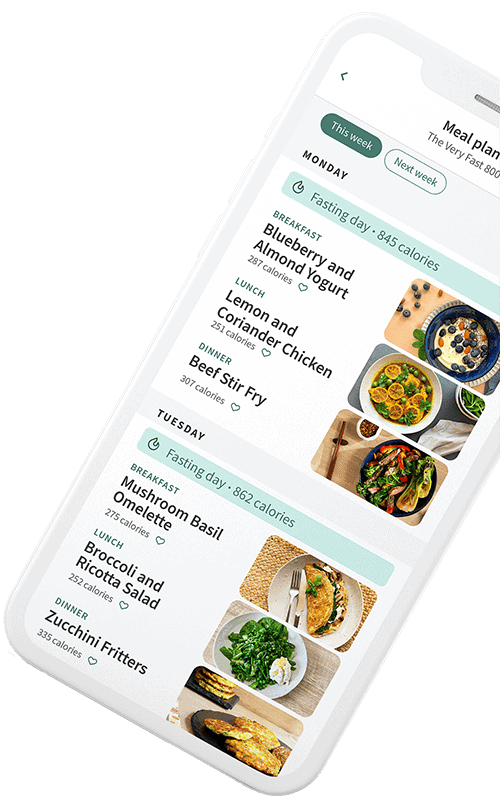Time-restricted eating (TRE): A simple way to turbo-charge your weight loss
It’s not just what you eat, but when – and with time-restricted eating, healthy food can be even better for you.
More and more evidence is emerging to show that to get maximum benefit from your diet, you need to take care about how you time your meals. Pioneering researchers such as Dr. Satchin Panda, of the world-renowned Salk Institute in California, have discovered that by giving your body some daily down-time from the work of eating and digesting, you can unlock powerful repair pathways that protect against illness, ageing and obesity.
Time-restricted eating
Time-restricted eating, or TRE, is very straightforward. You simply ensure that for at least 12 hours within each 24-hour period, you do not consume any calories. Some people prefer to shorten their eating window further, to 10 or even just 8 hours, although recent research by Panda’s team1 shows that a 12-hour period away from food is enough time to give your body significant benefits.
How does it work?
Most adults eat for about 15 hours through the day2, which does not leave enough time for cell repair pathways to engage to their fullest extent. The long-term health effects of this can be disastrous, loading the body with chronic physiological stress. Time-restricted eating is a simple and manageable step that can put all of this into reverse – and the test results prove it.
Join our email community
Learn more about The Fast 800 approach to healthy living by receiving our free content, health tips and recipes as well as exclusive offers, delivered straight to your inbox.
Extraordinary results in studies
In an early experiment3, Dr Panda divided mice into two groups: one that ate food freely around the clock, and one that could also eat freely, but within an eight-hour window only. Both sets of were fed high-calorie, sugary and fatty food.
His results were astonishing. The mice that had gorged on a sugary, fatty feast had, as expected, put on huge amounts of weight, particularly a dangerous type of abdominal fat called visceral fat. They developed high cholesterol and high blood sugars, and showed signs of liver damage.
However, genetically identical mice, eating the same food but in an eight-hour window, were protected from these changes. They put on far less weight and suffered much less liver damage.
In one of the first human trials of time-restricted eating, carried out with the help of the University of Surrey, two groups of healthy volunteers ate the same food, but the group on a time-restricted eating plan (eating breakfast 90 minutes later than usual, and dinner 90 minutes earlier each day) replicated the mouse studies. They lost body fat and saw bigger falls in blood sugar levels and cholesterol than the control group.4
In another small study5, Dr Panda teamed up with Dr Krista Varady, of the University of Chicago, to see how time-restricted eating worked for obese men and women. The group who restricted their eating to between 10am and 6pm lost fat, saw a drop in insulin resistance (which is a risk-marker for type 2 diabetes) and reported improved sleep, less hunger at bedtime and more energy.

Further benefits
As the studies show, the benefits of time-restricted eating are immense. In addition to the results documented in the experiments above, experiments also suggest6 that time-restricted eating can lead to –
- increased daytime alertness;
- better mood;
- prevention or reversal of metabolic disease;
- improved liver function;
- lowered calorie intake;
- weight loss (maintained for a year after the study); and,
- lowered risk of breast cancer.
To make the time-restricted eating work harder, eat better
To make time-restricted eating successful, eating nutritious, filling and delicious food is also key. This will ensure that your body has a plentiful supply of antioxidants, vitamins and minerals to boost the repair pathways that fasting triggers, and will help you to feel fuller for longer. In addition, a diet rich in fresh vegetables and fruit, together with probiotics, will optimise your gut microbiome and powerfully enhance your mood.
On The Fast 800 Online Programme, we have made this easy for you. Whether you opt to follow a 5:2 schedule or an 800-calorie diet, or simply want to eat a healthy Mediterranean-style diet, our recipes are designed to combine perfectly with time-restricted eating. We also have two meal a day plans available for those looking to reduce their eating window further, making sure your protein targets continue to be reached within two meals, instead of three.
Time-restricted eating: five practical steps
- Weight loss can be a powerful motivator, so before you begin, make a note of your weight.
- It can take time to adjust to time-restricted eating, so don’t panic if you need a few weeks to work out what works best with your schedule.
- Stay hydrated. Drinking plenty of water can keep the hunger at bay. You can also try adding fresh ginger, a slice of fresh lemon or lime to hot water or to sparkling water. Black coffee and tea are fine to have during your fasting hours.
- Keep exercising: a fitness programme will help to keep you insulin-sensitive, which is key to preventing cravings from taking over. However, avoid endurance or highly demanding exercise on a fast day.
- As soon as you have finished the last meal of the day, brush your teeth. It’ll help you to keep away from snacks and nibbles!











